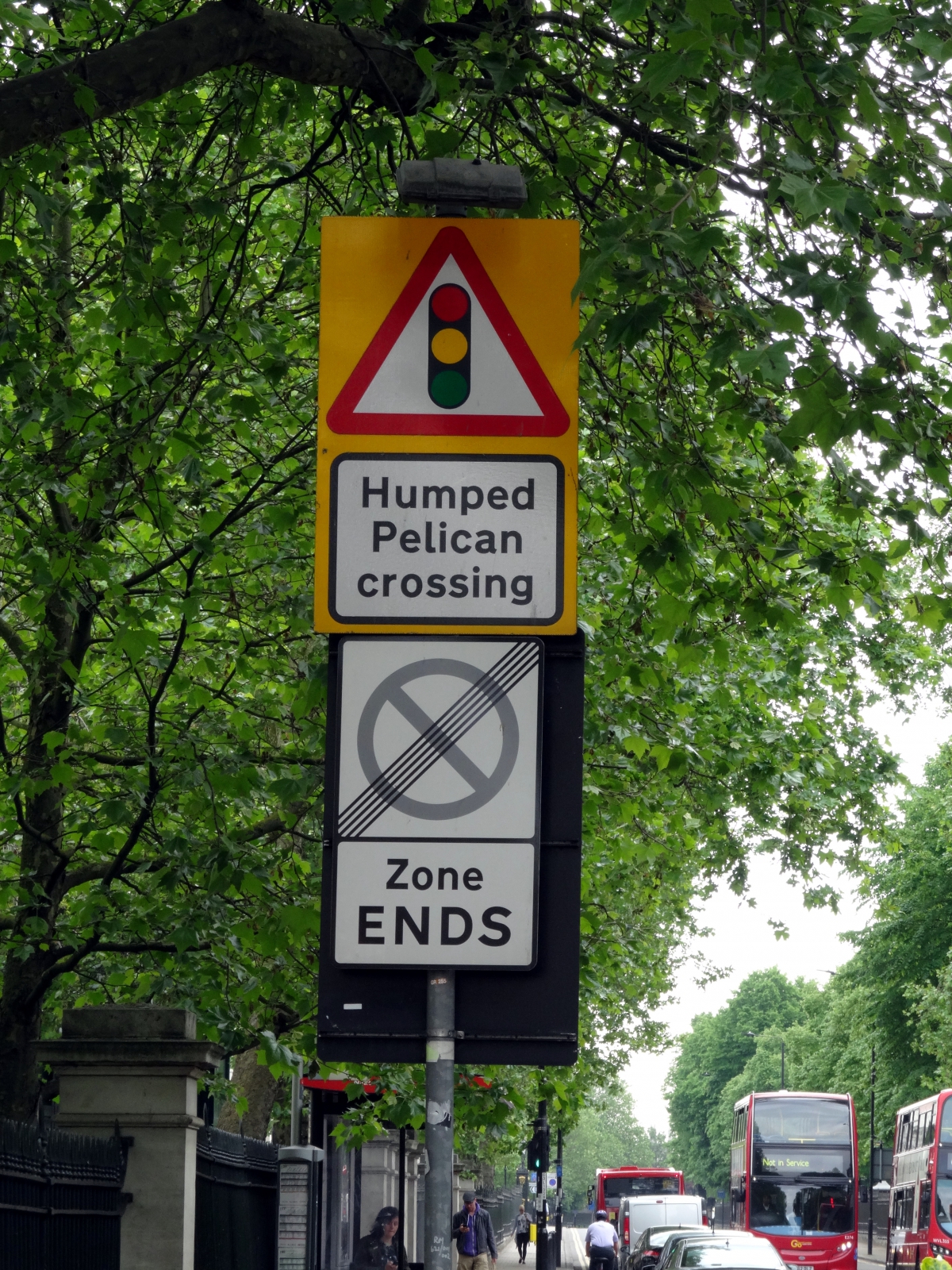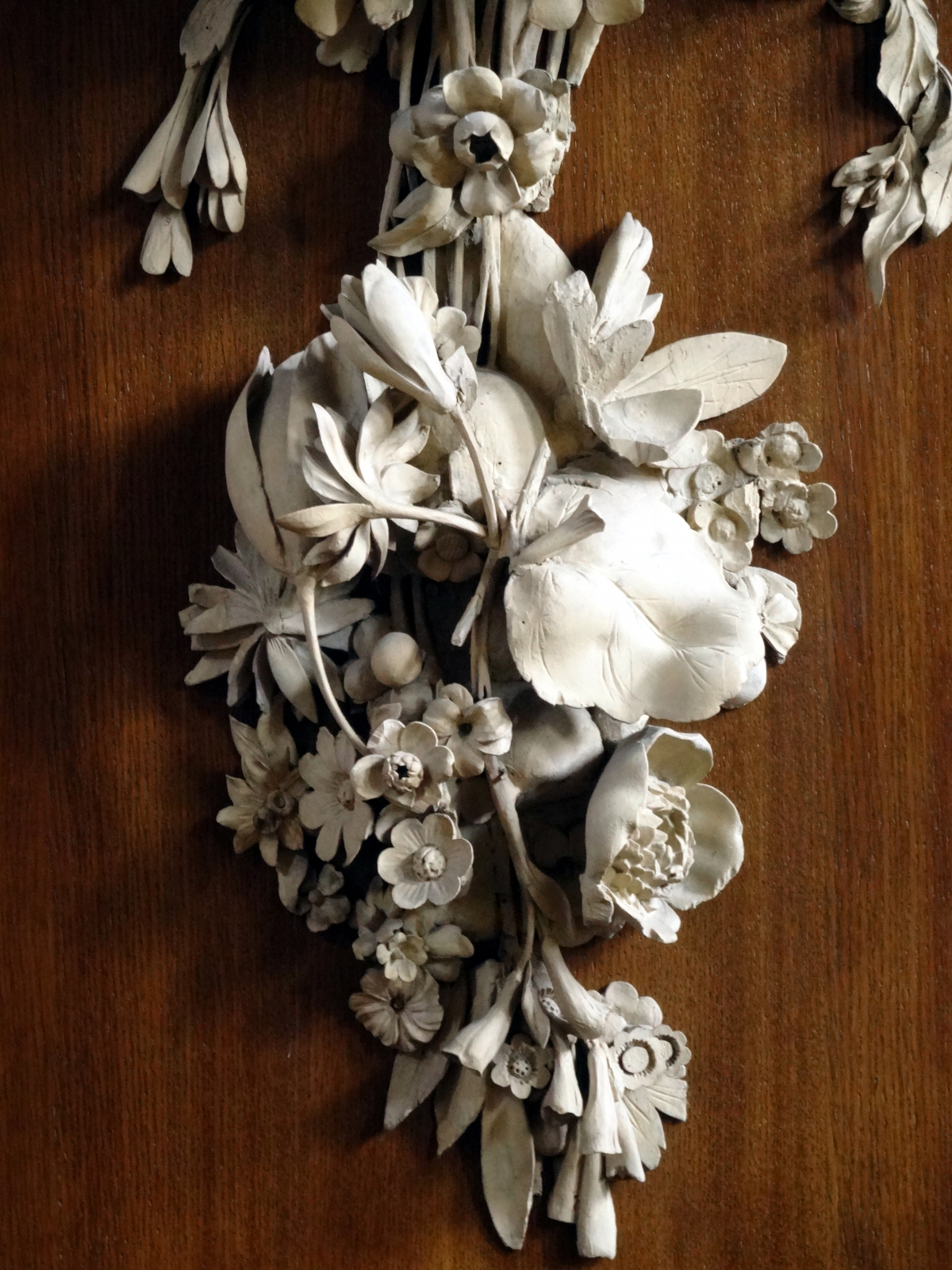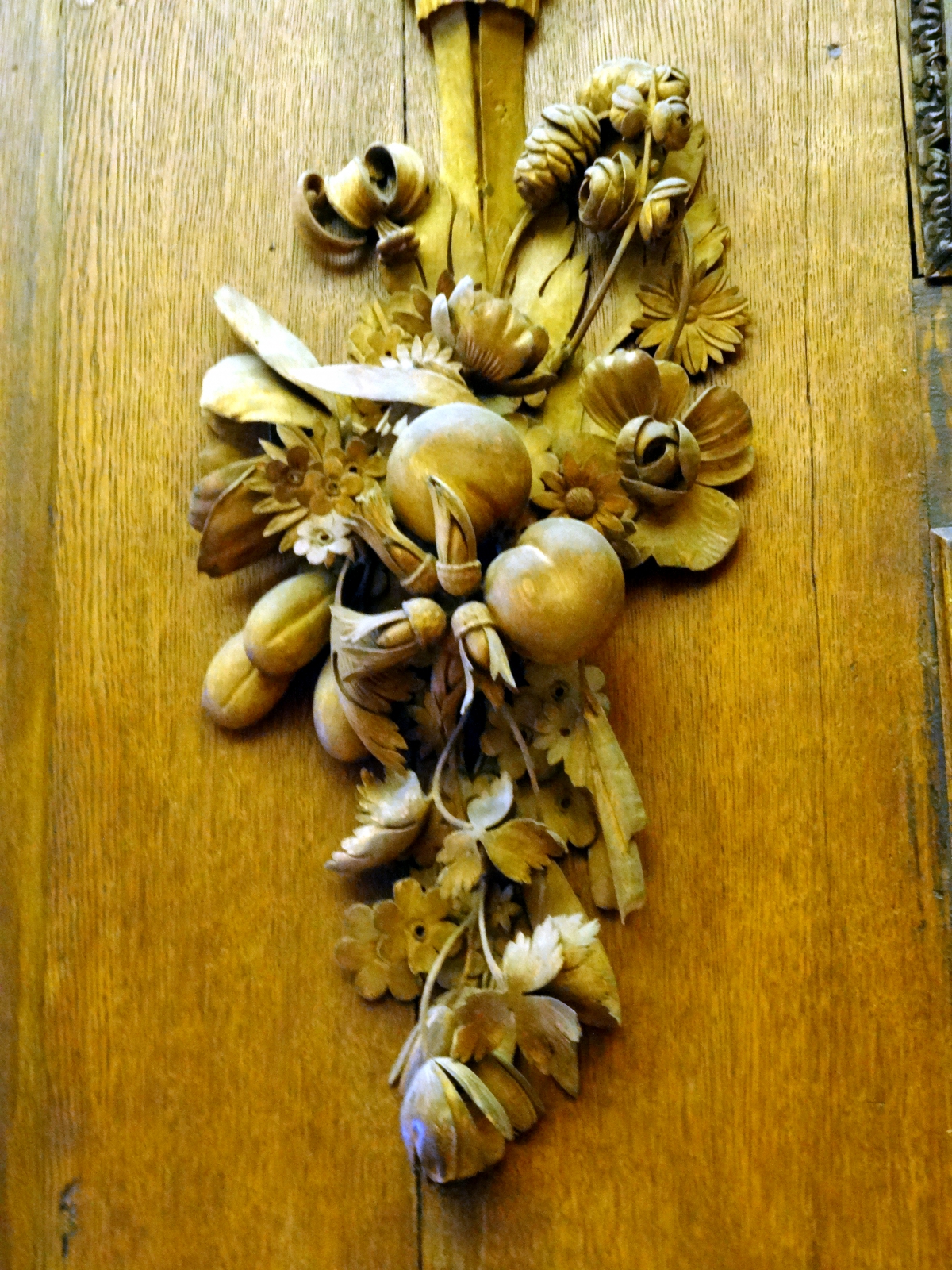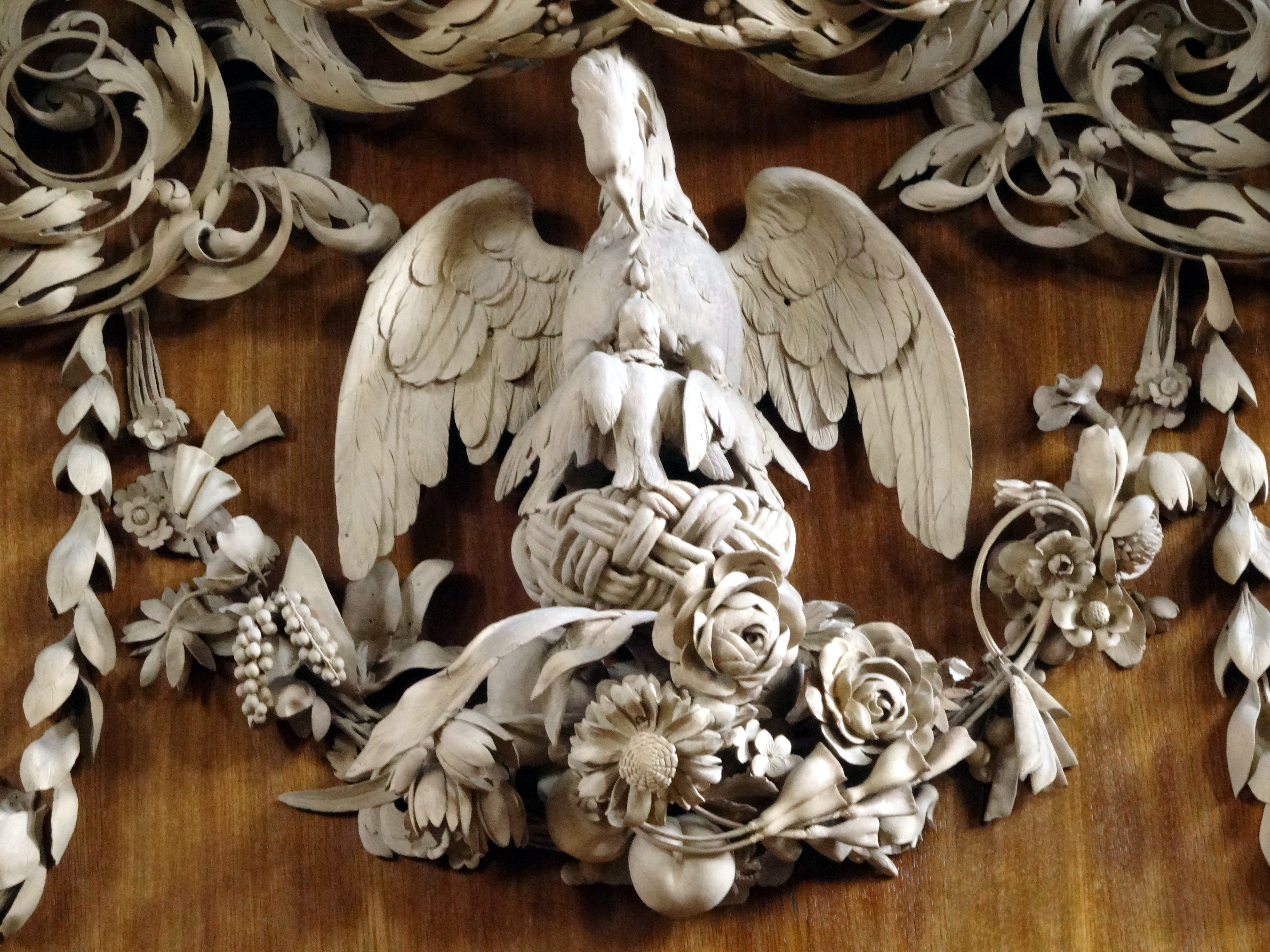…and the start of Bob and Eva’s most excellent Grinling Gibbons Tour.
“Wanted: laborers of all types,
craftsmen of wood and stone and metal,
artisans of every sort.
Purpose: rebuild London.”
Those are the sorts of advertisements one could expect if there were newspapers with advertising in the late 1660’s. There weren’t. Advertising in newspapers didn’t appear in Britain until the mid-18th century, but there might have been trade cards and posters spreading the need. The word got out, far and wide. London was in tragic condition after the Great Fire of 1666. That tragic condition was even worse when considering the nearly 100,000 killed in London’s Great Plague just the year before.
Was that the reason Gibbons moved from Holland to the UK about 1667, as a business opportunity? No one knows for sure. What little we know is that York was his first area of residence in the UK, and he moved later to London.
Grinling Gibbons, born in Rotterdam of English parents in 1648, became interested in the sculptural art of woodcarving and apprenticed in Europe.
Virtually nothing is known of those early years, not even whether he moved to London because of cultural interests or employment opportunities.
What we do know for certain is that he transformed decorative woodcarving for all times, raising it to such heights that his carvings became the desire of royalty. In less than two decades after arriving in London, Gibbons was “woodcarver to the Kings.”
My interest in Gibbons comes from being an amateur woodcarver. Like many other carvers, the first time I saw pictures of his work, I was amazed at the intricacy and delicacy he produced with wood. Since then, I’ve been wanting to see more of what Gibbons produced. I’ll likely never carve exactly in his style, but want to understand how he actually accomplished the airy complexity of his floral carvings.
One of his secrets was limewood. Here in the U.S., we call it Basswood. Limewood is a true hardwood, with a very fine non-interlocked grain. Some consider it too soft for serious use, but seeing that many of Gibbons’ carvings are still with us 300 years later….
Gibbons brought the use of limewood with him from continental Europe. In England, oak was so plentiful that it was used for every sort of woodworking, including fine carving. However, the coarse interlocked grain of oak could not be carved nearly as thin as Gibbons managed with limewood.
Gibbons’ first work in London was creating decorative carvings for the shipbuilding industry, working from a cottage in Deptford. It was there that Gibbons was discovered by fellow Deptford resident, John Evelyn, a writer and diarist who mingled in the aristocratic circles of society. Evelyn was impressed by Gibbons’ carving of a relief scene modeled after Tintoretto’s Crucifixion, and quickly managed to get it before both King Charles II and Sir Christopher Wren. Charles II was Catholic, but he was also careful. The Protestant Reformation was still churning in England and this was not the time for religious images.
Gibbons found other work, in architectural carvings for theaters and other buildings. Along this path he met Hugh May, an architect who gained responsibility for a remodeling of Windsor Castle. May commissioned Gibbons for several carvings at Windsor, which became another introduction to royalty. It wasn’t long before Christopher Wren was also calling on Gibbons for fine carvings and an abundant stream of work in palaces and churches.
This was the time in which Gibbons’ work became ever more complex and intricate, surpassing all carvers known until that time.
However, great things don’t continue forever. Times change and fashions change. In 1702, Queen Anne came to the throne and brought a preference for simple wainscoting, devoid of baroque decoration.
This fashion change effectively killed the market for baroque woodcarving. The remainder of Gibbons’ life, until his death in 1721, was work with stone and marble. His business changed from decorating palaces and churches to mostly creating funerary monuments. For a time when people were fortunate to live into their 50s or 60s, Gibbons was very fortunate to have his 73 years. They were incredibly busy years, filled with more work than we can imagine. The Henry Moore Foundation has a database of sculptural works in which there are 128 entries for Gibbons. In my series of articles, we’ll visit only a handful of those.
There are a lot of photos of Gibbons’ work on the Internet, but not enough to satisfy me, nor usually with the level of detail I want to see. I have the great good fortune of being able to travel and with the help of Eva, my wife, we planned a trip to London for the specific purpose of exploring Gibbons’ work in that city. She did all the hard work, logistics, planning, travel research and reservations. I went along and took pictures.
We worked from a prioritized list of my own, and Eva discovered some additions along the way. We agreed to stick to central London, to not drive on the wrong side of the road (or drive at all), and to avoid the hoards of people at the usual Royal attractions. We might have passed up a couple of pieces of Gibbons’ work in a royal palace here and there, but we saw an amazing array of work within a short distance of central London.
In these articles, you’ll see Gibbons’ work, from a religious themed high relief carving, through a couple of decades of floral carvings, and on into a demonstration of technical virtuosity that was unmatched. You’ll see many more pictures such as those in this article.
Oh, by the way…
About those pelicans…

The pelicans that Gibbons carved are actually religious symbols. Religious figures, specifically images of Christ and the saints, were forbidden by the Reformation and actively destroyed. Yet, it was acceptable to use the pelican, who pierces her breast to nourish her young as an analogy for Jesus giving his life for man. We’ll see pelicans in several churches.
Now, out on the streets, we wondered about “humped pelicans.” That one is NOT a religious symbol. Answer here.



I too wanted more photos of details of Grinling Gibbons carving . After first being delighted by the cravat at the V & A I researched him and have made it an aim to see more of his work each time we are in England. The current Tercentenary Exhibition is one I would love to see, but travelling from New Zealand during COVID time rules that out. THANK YOU so much for your photos. I can wallow in them.
Deborah Shuker
It’s a pleasure to know you are enjoying the photos. Thanks for mentioning it. Best wishes!
Come to Bristol. There is an overmantel in the Central Library that is attributed to Gibbons, and came from the previous Central Library opened in 1740 when the sculpture was already second-hand. It seems to me an early example of his work based on David Esterley’s criteria.
Howdy Howard, Do you mean Bristol Connecticut? 🙂
Of course not. Thanks for the tip. The next time we’re near there, we’ll surely visit.
Thanks